A thirty-minute bus drive for Jerusalem brings you to the city of Bethlehem. And in these thirty minutes, you twice come across the world’s oldest political stand-off. From Jerusalem, you enter the Palestinian boundary or the West Bank passing through the wall that divides the two nations. Bethlehem is no longer be the little Christmas Carol town, it imbibes the spirit of a nation that is yet to be born or an unending conflict. In a matter of half an hour, you get to hear two versions of history. As a traveler or a pilgrim, you might get indifferent or oblivious to the history, but as a traveler and a human being, you do notice the hopes and fears that live in this pulsing city. You do see that beyond the stories of Mary and Joseph, stars, mangers, and a savior hardwired into every paving stone, street, and church, the residents of the present Bethlehem wait for their savior.
You may not be able to find any answers in Bethlehem, care not, all the city wants from you is to take back questions with you. As a travel writer I don’t know if I should comment on politics, but can you ever be far from politics on this side of the wall? Or can you ignore the paintings on the Separation Wall which have taken the form of protest art? There are stories woven in those paintings, questions which they want the travelers to take back, and ponder upon, better ask. These are reflections of what lies beyond the walls.

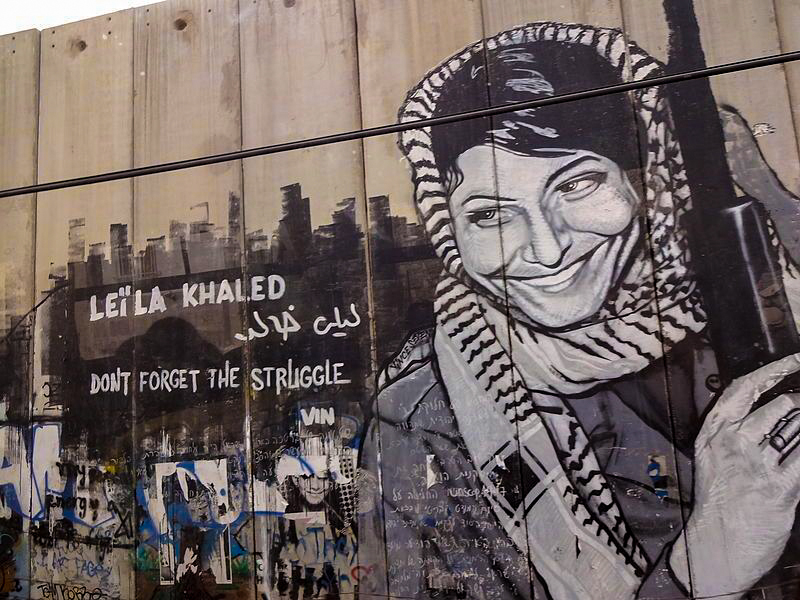
In a seemingly normal life, there are stories of generations of pain and rage. The people who walk around you are victims of decades of politics. Do not take a stand, nor do I present my version of stories. Be there as an observant, and it won’t be difficult to get that in the political tussle between Israel and the Arab world, millions of Palestinians lives have been compromised. And yes there is Hamas, a Palestinian terror group, and Kach and Kahane Chai, a Jewish far-right group. There are stories both sides, and that’s why I suggest you be an observant, not a commentator.
The West Bank Wall cuts through families, communities, and commute routes, making it more an apartheid wall, than just a separation wall.
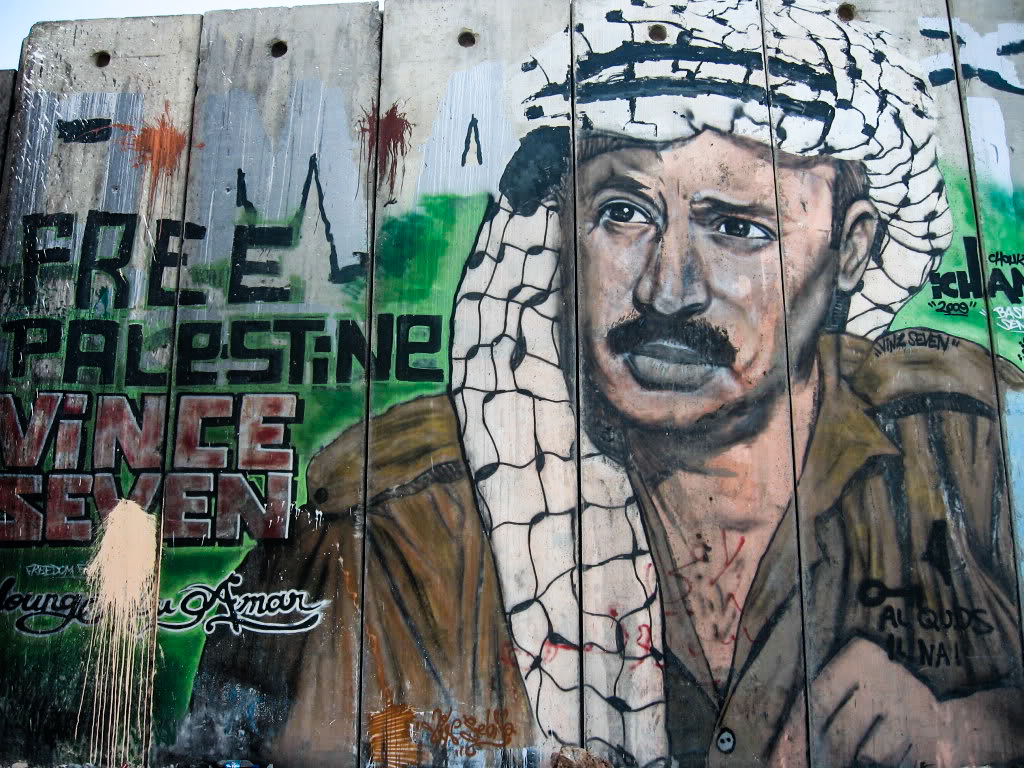
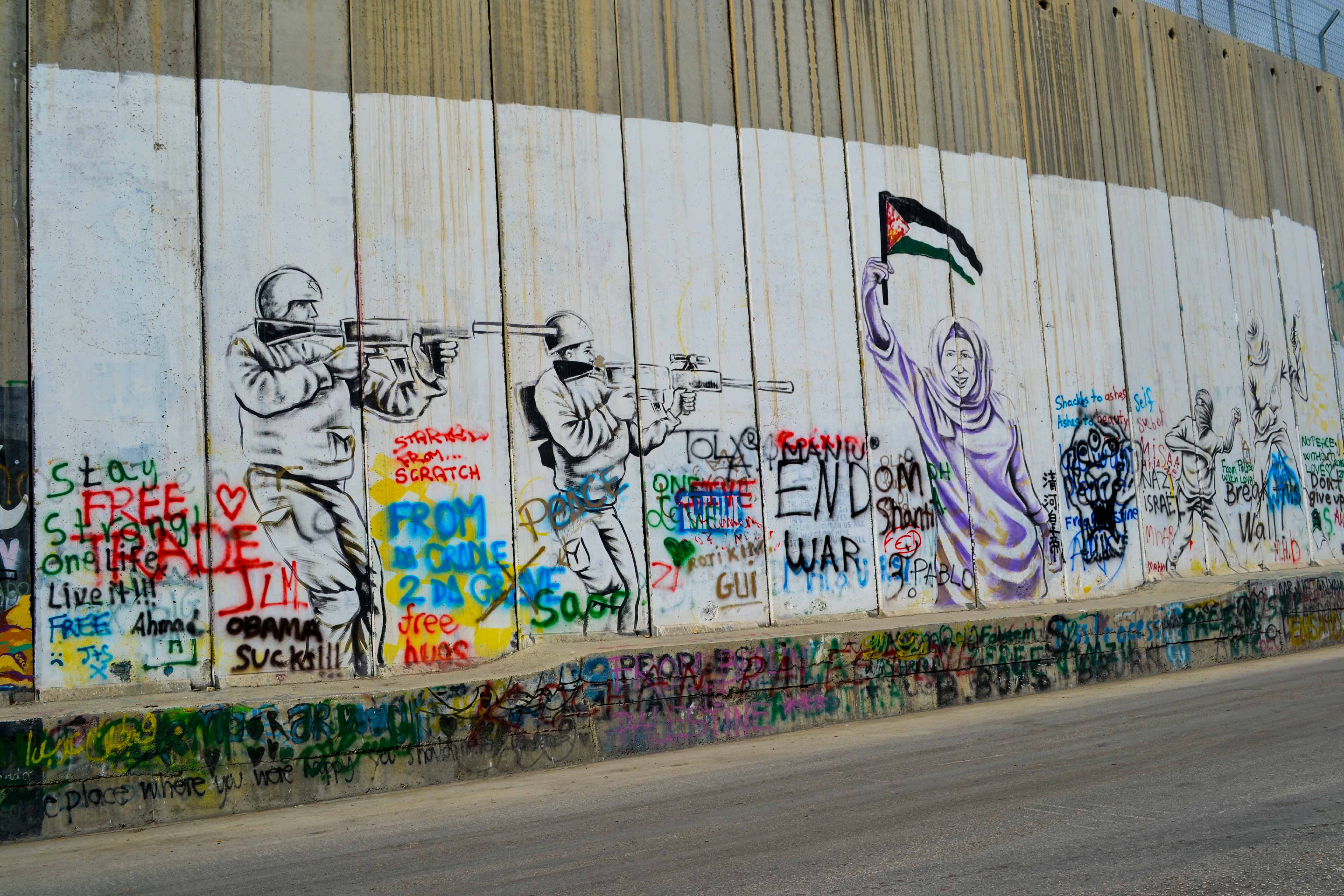
Seeing me look intently at the graphics, my cab driver cum guide, Wahid for the day asked me “I never ask travelers what thoughts come to their minds when they see this wall, I wonder if they even think anything or just click pictures.”
I took another eyeful at the wall, and the work of Palestinian artists which serves as both radical reminders of resistance and messages of hope for the Palestinian community, I asked him “What does it feel to you, Wahid?”
He smiled. A hopeful one. “It makes me feel that we are heard and noted. Rest it doesn’t do much.” The wall evokes myriad emotions and opinions, and to travelers, it is the gate to the Israeli-Palestinian narratives and conflict. And the vivid, anarchic graffiti show the artistic part of the conflict or resistance in everyday life through paints and colors. To me it was the size that mattered, the wall is massive, not just in terms of its length and height, but also impact. The wall is more massive than the human beings who live behind it.

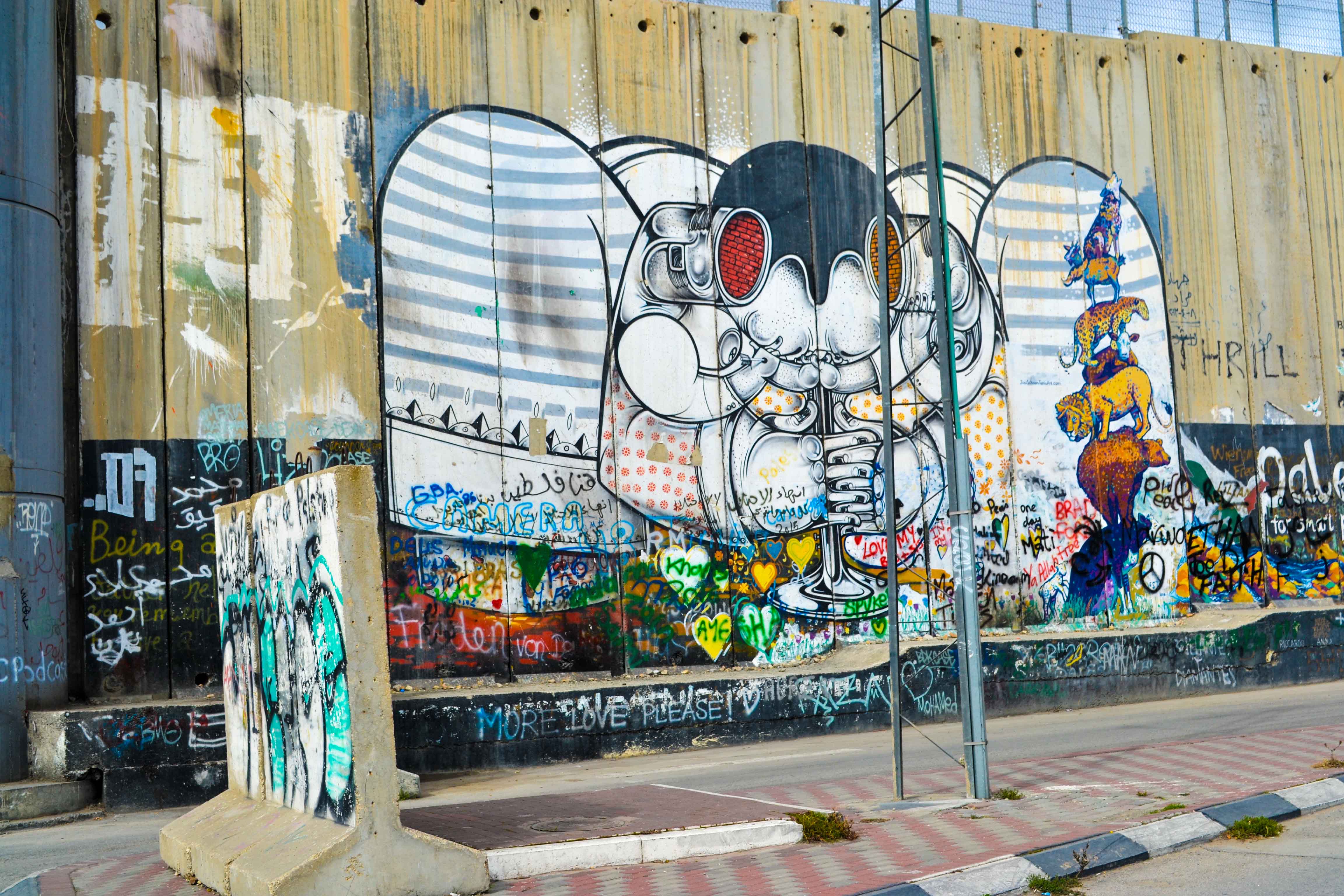

The wall brings you close to the Palestinian resistance in the poetry of moments. In some places it draws from the French Revolution – which provided the foundational beliefs of liberal Europe and America, and with those indelible brush strokes, it appeals to the same value and belief system of liberty, fraternity, and pursuit of happiness. Some murals draw from the local events, like the one of 15-year old Mohamed Tamimi who was shot in the head during a demonstration against the expansion of settlements.
To get even more up close to the murals and the resistance art, pencil in some time to go to the ‘Walled off hotel’ established by the graffiti artist Banksy. The hotel established in the shadow of the wall boasts of “the worst view of the world”. The hotel also has a bookshop stocked with every title about the wall ever published. Keep some time in hand when you land there, you may never know which sight may evoke what thoughts in you.
Beyond the wall, the picture of real Palestine emerges. With some more facts and conversations, Bethlehem starts appearing a pulsating, well-governed prison. Ninety-two percent of Bethlehem’s 210,000 Palestinians live in less than one-fifth of the city area. It is known to have one of the highest rates of unemployment and the costs of living are high. The ever increasing tourism is bringing with it a curse of rising living costs. And tourism, in general, isn’t adding much to the local economy. The Church of the Nativity on Manger Square, a UNESCO World Heritage site, is the main attraction for pilgrims and visitors who come to Bethlehem. Travelers come, stay for four hours, make a visit to the Church, and then leave. Proximity to Jerusalem has meant that tourism just remains stats rather than an income multiplier. This means that a lot of buses and cabs keep plying from Jerusalem daily.

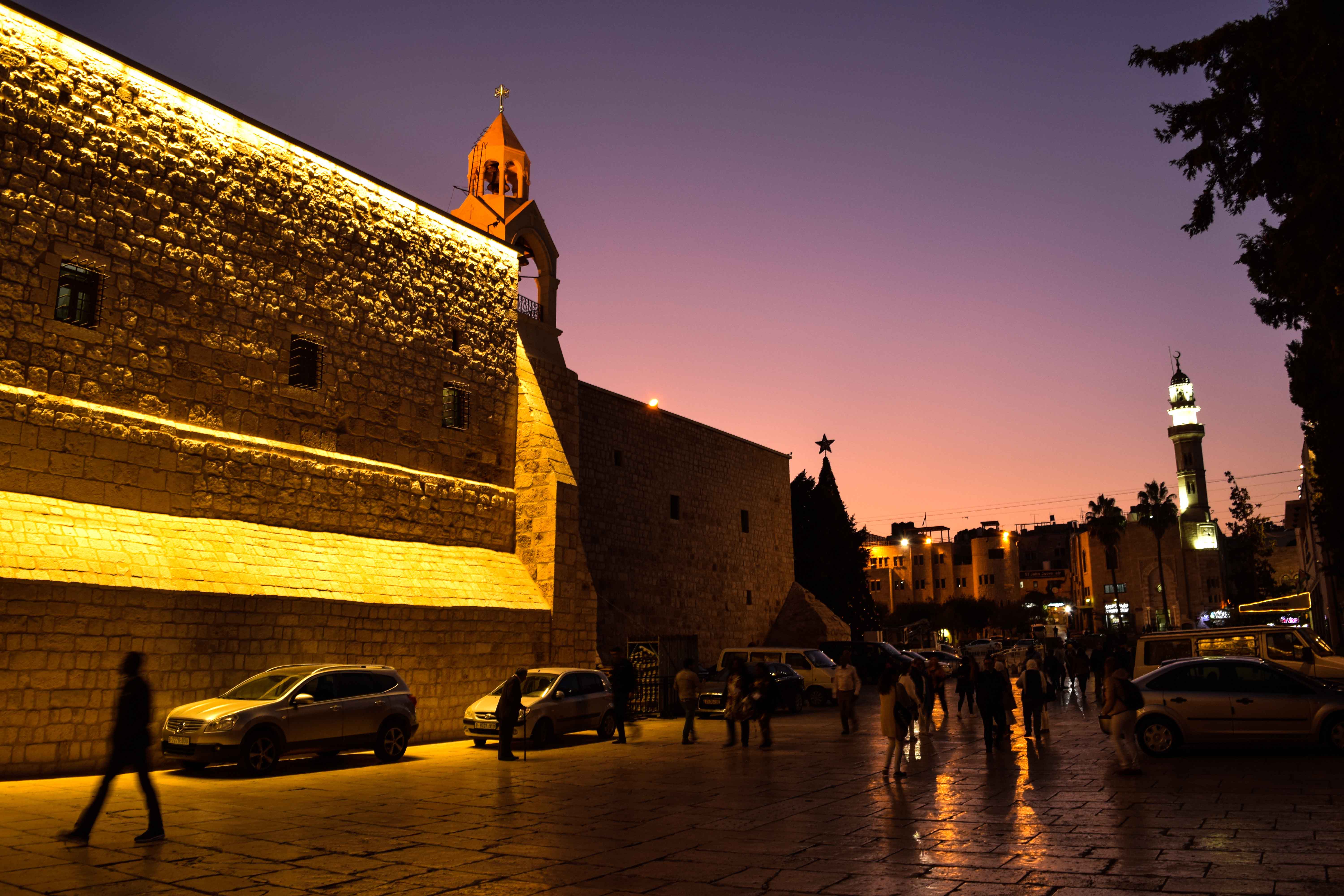


“Would the travelers have even cared to know about the Palestinian needs had the Church been on the other side of the wall?” he smirked. I had no answer. “We are invisible after Christmas. We are invisible even during Christmas,” he added. His statement did manage to bring an ironical smile on my face. Bethlehem is more than a religious duty or a romantic view of a church. It has life, and stories that speak even from its walls. Looking back I wonder, the million-plus tourists and pilgrims who come every year to Bethlehem, what thoughts do they take back? Does the wall appeal to them as it did to me? How many care to learn the stories behind the graffiti, and do they ponder about the conflict? Or the Palestine and Palestinians remain invisible to them as Wahid feels, and Bethlehem exists in its church and not beyond it?
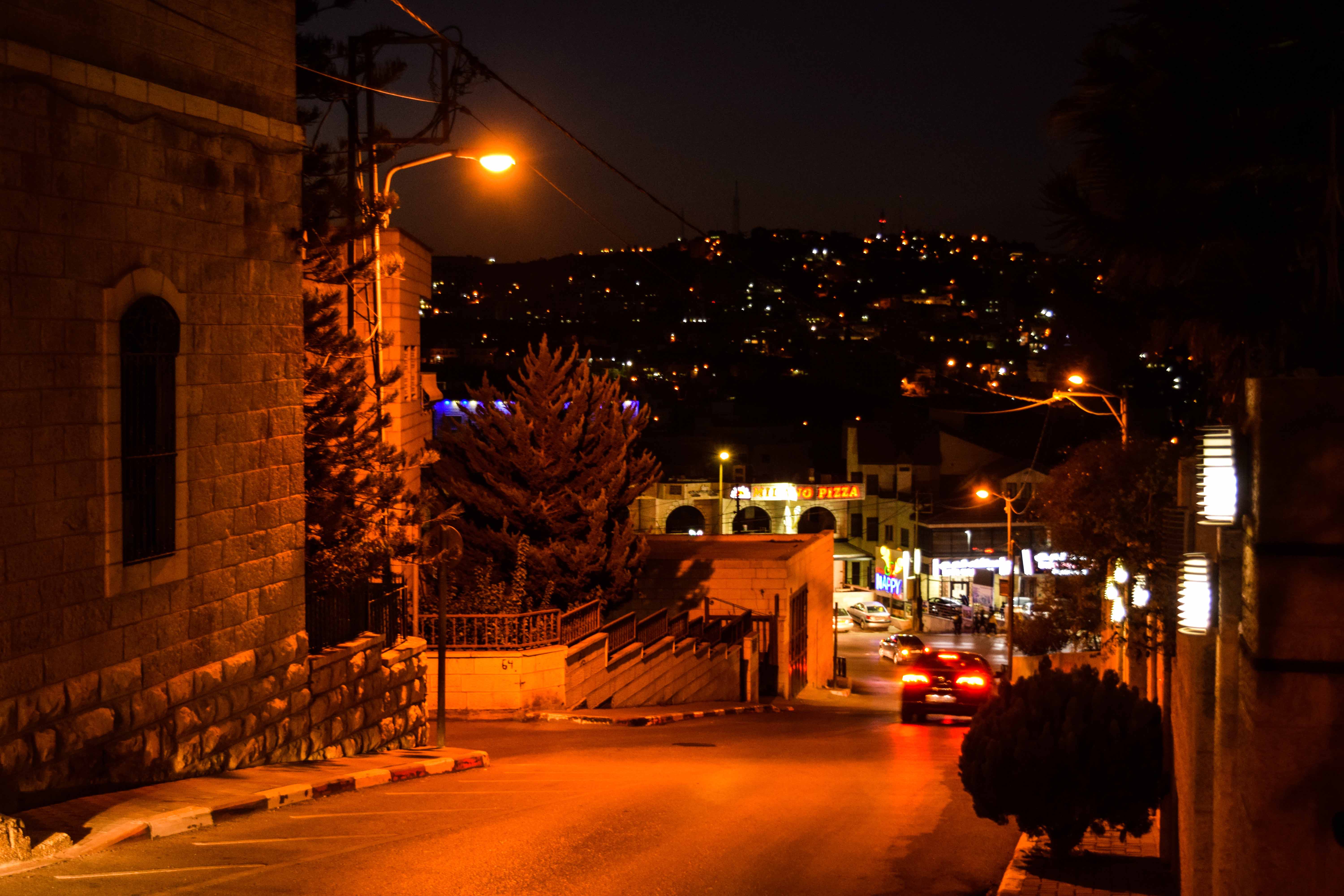



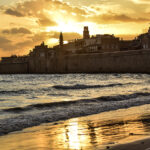


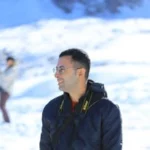

I had read about this wall recently. If we look at it closely we can live the history and the current life out there. A wall that triggers myriad of emotions.
Yes so agree – it’s a whole world out there and so many stories
[…] eerie stillness of the deserted landscapes and the far north, the ancient streets of Jerusalem and Bethlehem, and the cultural kaleidoscope that the cities are, and the ease with which they transition to the […]